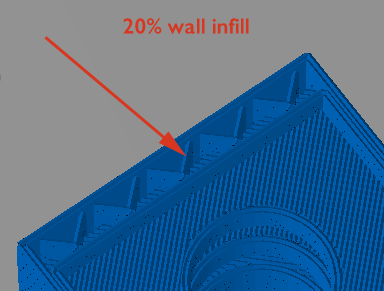
3d Printing Considerations
![]()
Was the Part Designed with 3d Printing in Mind?
It is best to think about 3d printing as the part is designed. Solid objects print easier as well as thicker objects. Intricate notches are more difficult to print. A 3d printer wants to print smooth objects without too many overhangs. Overhangs need a support to be printed underneath them that is later broken off. If the support is too complex it can be impossible to break off.
Is the STL file Watertight?
First, STL stands for Stereolithography. It is a very old format that creates a triangulated mesh over a model so that a computer program can read it. It is a standard format for 3d printing. The STL file will need to be tested first to make sure it does not have any holes or gaps in it. It needs to be completely sealed up or with very tiny gaps. IntuitionUSA can test a STL file for holes or gaps.
Do You just have a STL file or the CAD file or both?
It is best to have both the STL file and CAD file. The CAD (Computer Aided Design) file could be done in any 3d modeling program. It is best to have this file as well because changes can be done “much” easier than to the STL file. A file in the STEP format is a good file to have.
How Strong does the Part need to be?
You should consider this because you should consider if the part is going to be moved around. Parts can be printed with fills and the number of shells can be controlled so the part will last until the end of time. The tradeoff is that they will cost more. Thin skinned parts can be printed to save money . Overall 3d printed parts are not as strong as injection molded parts but if printed correctly they are close. The base needs to be solid and the layers of the print have to be fused together well.

Does the Part have Overhangs?
Overhangs are parts that jut out from the print and do not touch the base. If they angle out more than 45 degrees they will need a support printed under them. The right amount of support is critical so that it can be broken off. Some parts can be printed without supports and it just takes a trained eye to know when to use or not use.
Does the Finish have to be Smooth?
Sometimes a rough finish is used to give the part a matt finish. Simulated Wood has a rough finish to it. If the part is to be painted with a gloss finish then it needs to be printed as smooth as possible. A glossy white print will hide imperfections and be a good base for paint.
Does the Part Fit with Other Parts?
The CAD files will be needed if the parts fit with other parts. The parts will need to be checked and measured in the CAD program and as they come off of the printer.
404 219-2193